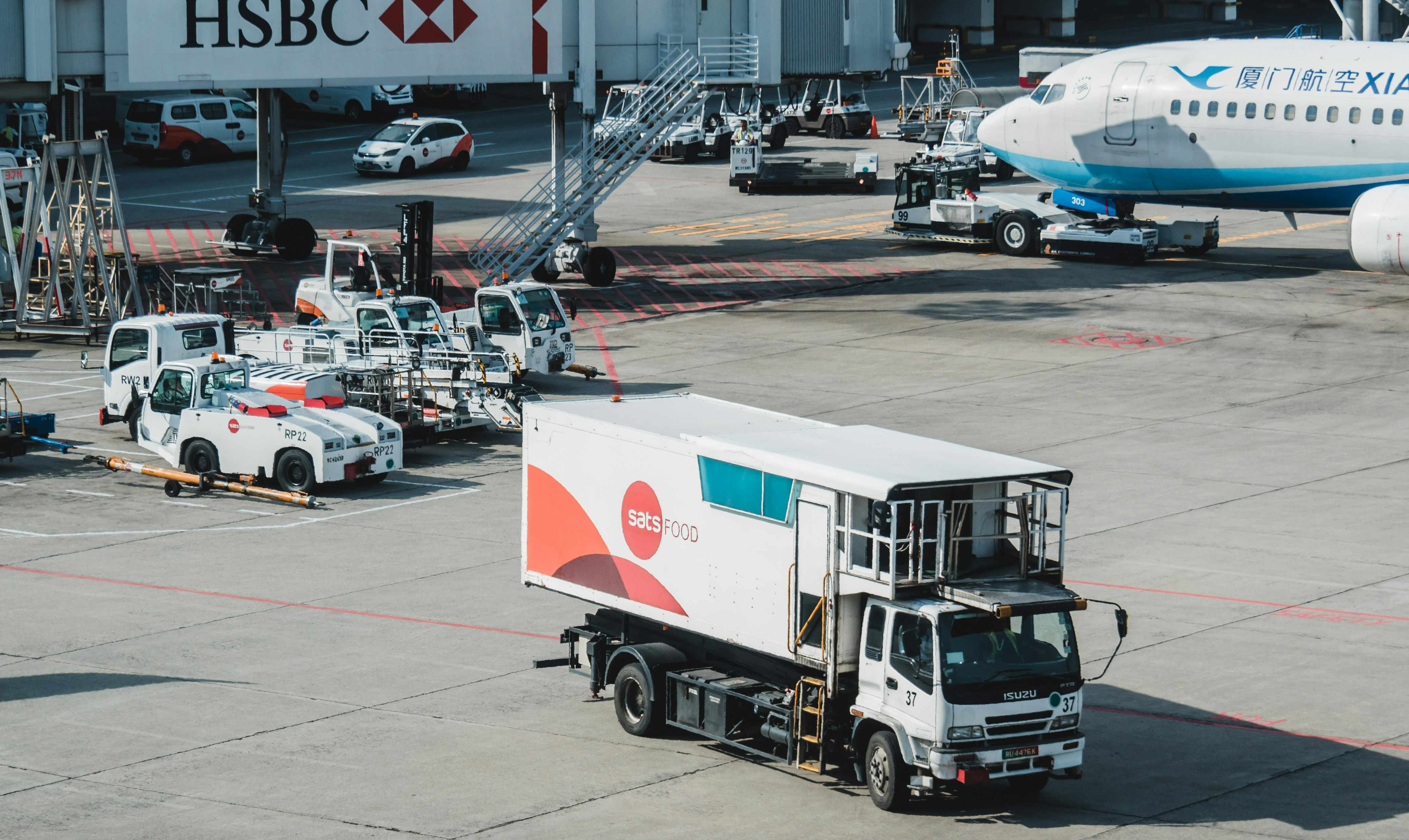Coordinating vendors: contracts, communication, and contingency plans
Coordinating multiple vendors requires clear agreements, reliable communication, and practical contingency plans so your event can proceed smoothly even when plans change. This article explains contract essentials, daily communication practices, and backup strategies to help vendors and hosts stay aligned.

Coordinating vendors means aligning contracts, communication, and contingency measures so every supplier understands responsibilities and expectations. Whether working with catering teams, musicians, photographers, or transportation providers, clear written terms and a shared timeline reduce confusion. Start by documenting what each vendor will deliver, when they will arrive and leave, and who is the onsite contact. Include basic operational details—power needs for electronics, rehearsal times for music, storage needs for cookware or culinary gear, and any restrictions related to venue or local regulations. Mention any special considerations for site-specific elements like a ceremony by a lake or a mountaintop exchange to ensure equipment and personnel arrive prepared.
How to structure vendor contracts (insurance, transportation)
Contracts should be concise, specific, and focused on deliverables. Essential clauses include scope of services, payment schedule, cancellation and refund terms, and liability or insurance requirements. Require proof of insurance where appropriate—especially for photographers using heavy gear, transportation vendors moving guests, or caterers handling food liability. Specify timelines for setup, performance, and teardown, and address transportation logistics such as parking, unloading zones, and who covers additional travel expenses. If a vendor is traveling from another region or Europe, include travel and jurisdiction details so responsibilities are clear.
Communication strategies with caterers and culinary teams (culinary, cooking course, cookware)
Effective communication with culinary vendors starts with a detailed menu and service plan. Share guest counts, dietary restrictions, and timing for meal service well in advance so the kitchen can plan staff and supplies. Discuss cookware and equipment needs—whether your venue provides ovens or the caterer must bring gear—and arrange a walkthrough to confirm kitchen access and staging. Consider a tasting or rehearsal similar to a cooking course to confirm portions, plating, and service timing. Maintain a single point of contact for last-minute adjustments and use a shared document or timeline so the culinary team coordinates smoothly with venue staff and transportation for meal deliveries.
Managing music, makeup, and electronics (music, makeup, electronics, jazz)
Confirm technical riders and spatial requirements for musicians and DJs; specify set lengths, break times, and desired style, such as a jazz trio for cocktail hour. Makeup artists need clear time blocks, power access, and a calm workspace—often a quiet room in the home or venue. List any electronics that require power or internet connectivity, such as PA systems, lighting rigs, or livestream cameras, and include a diagram of outlets and extension-cord plans. Schedule a soundcheck or tech rehearsal to resolve conflicts between audio requirements and other vendors’ load-in schedules.
Logistics for gear, travel, and site-specific needs (gear, lake, mountains, tackle)
Logistics vary by setting: a ceremony near a lake, a mountaintop elopement, or an urban ballroom each present distinct challenges. Create a staggered load-in schedule to avoid bottlenecks at entrances and note special equipment—outdoor amplification and protective covers for gear, extra batteries for remote electronics, and weatherproofing for décor. If an angler-style lakeside reception uses fishing-themed décor or tackle as props, confirm where such items will be stored and who is responsible for cleanup. For leather furnishings or leather-bound guest books, specify care instructions and protection from rain or humidity. Coordinate transportation routes, parking for vendor trucks, and staging areas so teams can set up efficiently.
Contingency planning: weather, ghost vendors, and last-minute changes (insurance, ghost, home)
Prepare for common disruptions: weather, vendor cancellations, or equipment failures. Build a contingency list naming alternate local providers for catering, music, or photography and confirm their availability as backups. Include force majeure and substitution clauses in contracts that outline remedies if a vendor cannot perform, and require insurance where warranted. Create a “ghost” protocol for no-shows—designate an onsite coordinator to re-sequence the timeline, use pre-arranged playlists if a band cancels, or deploy spare makeup kits and cookware items to replace damaged supplies. Keep a printed contact sheet and a condensed timeline at the venue or home entrance for quick reference.
Day-of coordination and maintaining communication (journey, home, transportation)
On the day, designate a single coordinator—either a professional planner or a trusted point person—to manage communications and make quick decisions. Use group messaging or a shared event app for status updates: arrival times, setup progress, delays in transportation, or timing changes. Build buffer time into the itinerary for travel delays and unexpected issues during the vendors’ journey. Ensure the coordinator has keys, access codes, or directions to the site and knows alternative transportation options for guests and staff. Clear, calm direction on the day reduces overlap, keeps the meal and music on schedule, and helps vendors adapt if circumstances change.
Careful contracts, proactive communication, and tested contingency plans reduce stress and make events more resilient. By documenting responsibilities, confirming technical and logistical details, and preparing practical backups for key services, hosts and vendors can focus on delivering the intended experience rather than reacting to surprises.






